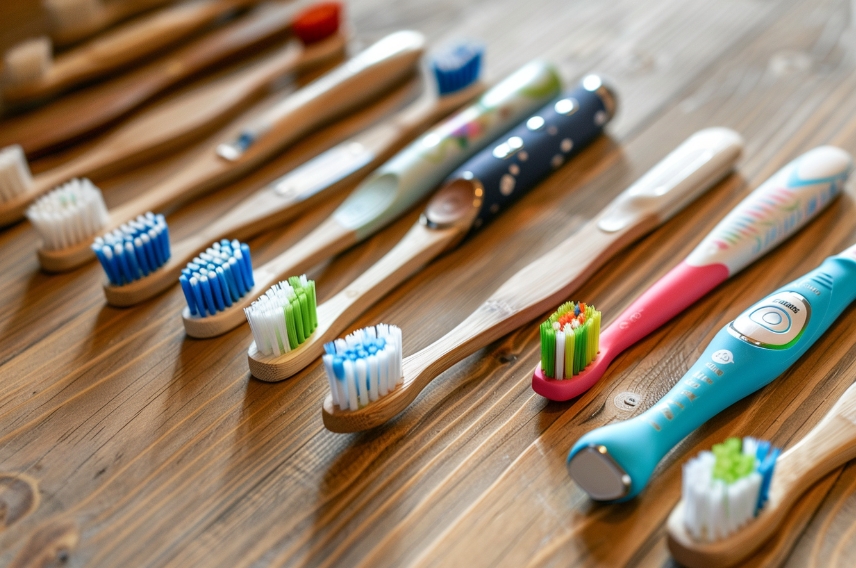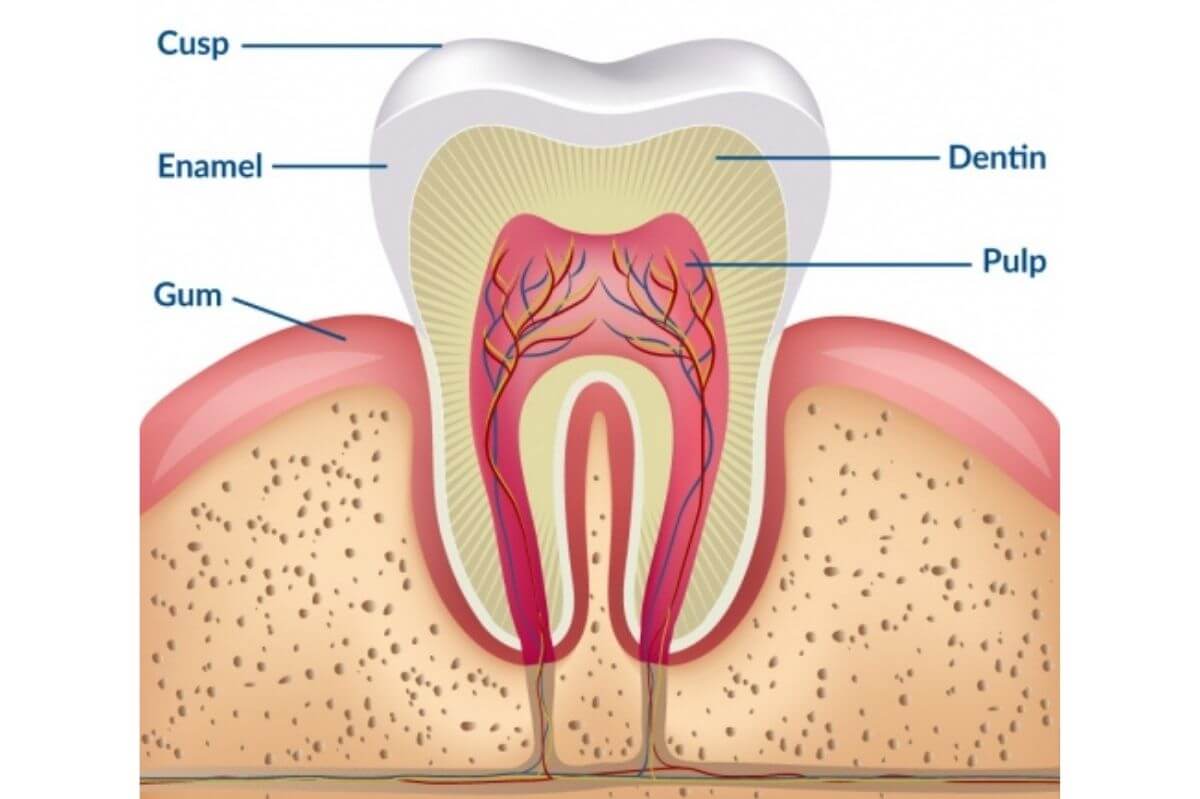Toothbrush Comparison: Finding the Perfect Fit for Your Oral Care
When it comes to maintaining good oral hygiene, choosing the right toothbrush is crucial. With many options available in the market, from manual to electric toothbrushes, finding the perfect fit can be overwhelming. This comprehensive toothbrush comparison guide will help you understand the different types of toothbrushes, their benefits, and how to choose the best one for your oral health needs.
Types of Toothbrushes
First, let’s categorize toothbrushes into two main types: manual and electric.
Manual Toothbrushes
Manual toothbrushes are the traditional type most people are familiar with. They come in various shapes, sizes, and bristle types.
Advantages of Manual Toothbrushes:
- Affordability: Manual toothbrushes are generally cheaper than electric ones.
- Accessibility: They are widely available and can be found in almost any store.
- Variety: There are numerous options regarding bristle firmness, head shape, and handle design.
Disadvantages of Manual Toothbrushes:
- Effectiveness: Studies have shown that manual toothbrushes may be less effective at removing plaque than electric ones.
- User Effort: Proper brushing technique is essential but can challenge some people.
Electric Toothbrushes
Electric toothbrushes have gained popularity due to their advanced features and ease of use. There are two main types: oscillating-rotating and sonic.
Advantages of Electric Toothbrushes:
- Superior Cleaning: Electric toothbrushes are often more effective at removing plaque and reducing gingivitis.
- Ease of Use: They require less effort, making them ideal for people with limited mobility or those who struggle with manual brushing techniques.
- Built-In Timers: Many electric toothbrushes come with timers to ensure you brush for the recommended two minutes.
Disadvantages of Electric Toothbrushes:
- Cost: They are more expensive than manual toothbrushes, with ongoing costs for replacement heads.
- Availability: Replacement heads can sometimes be more challenging than manual toothbrushes.
- Battery Dependency: Electric toothbrushes need batteries or charging, which can be inconvenient.
Factors to Consider When Choosing a Toothbrush
Selecting the right toothbrush involves considering several factors:
Bristle Type
Toothbrush bristles come in three main types: soft, medium, and complex. Most dental professionals recommend soft bristles, as they are gentle on the gums and effective at cleaning teeth without causing damage.
Brush Head Size
A smaller brush head allows for better access to all areas of the mouth, especially the back teeth. Choose a brush head size that fits comfortably in your mouth and can reach all surfaces.
Handle Design
The handle should be comfortable to hold and provide a good grip. Some toothbrushes come with ergonomic designs or non-slip grips, which can be particularly useful for those with arthritis or other dexterity issues.
Special Features
Electric toothbrushes offer various features like pressure sensors, different brushing modes, and Bluetooth connectivity. Consider which features are important to you and align with your oral health needs.
Comparing Popular Toothbrush Brands
Manual Toothbrushes
- Oral-B Pro-Health All-In-One Soft Toothbrush:
- Soft bristles for gentle cleaning
- CrissCross bristles are designed to remove plaque effectively
- Comfortable grip handle
- Colgate 360° Whole Mouth Clean Toothbrush:
- Soft bristles with a tongue and cheek cleaner
- Comfortable handle with non-slip grip
- Affordable and widely available
Electric Toothbrushes
- Philips Sonicare ProtectiveClean 6100:
- Sonic technology for superior plaque removal
- Pressure sensor and three intensity settings
- Long battery life and stylish design
- Oral-B Genius X:
- Oscillating-rotating technology with AI brushing feedback
- Multiple brushing modes and pressure sensor
- Bluetooth connectivity and travel case
Conclusion: Finding Your Perfect Toothbrush
Choosing the right toothbrush is essential for maintaining optimal oral health. Whether you prefer a manual or electric toothbrush, consider the above factors to make an informed decision. Remember that the best toothbrush is one that you will use consistently and effectively. Regular brushing, flossing, and dental check-ups will help ensure a healthy smile for years to come.
Try Lidercare Now!
We Help You Launch New Products, And Continue To Grow. Try Us With 20% Off Your First Order!
FAQs
Q: How often should I replace my toothbrush?A: It is recommended to replace your toothbrush or head every three to four months or sooner if the bristles are frayed.
Q: Are electric toothbrushes safe for children? A: Yes, electric toothbrushes are safe for children. Many brands offer kid-friendly models with smaller brush heads and gentler bristles.
Q: Can electric toothbrushes damage my teeth or gums? A: Electric toothbrushes should not damage your teeth or gums when used correctly. Avoid pressing too hard and follow the manufacturer’s guidelines.
Q: Do I need special toothpaste for my electric toothbrush? A: No, you can use any toothpaste with your electric toothbrush. However, some electric toothbrushes have specific recommendations, so checking the user manual is best.
Q: Is it worth investing in a high-end electric toothbrush?A: High-end electric toothbrushes often have additional features and better build quality. If these features align with your oral health needs and budget, they can be a worthwhile investment.
In conclusion, understanding the differences between manual and electric toothbrushes, along with considering factors such as bristle type, brush head size, and special features, will guide you in choosing the best toothbrush for your oral care routine. Whether you opt for a simple manual toothbrush or a feature-rich electric model, the key is consistent and proper use to maintain a healthy smile.
Table of Contents
Awesome! Share to:
Latest Blog Posts
Check out the latest industry trends and take inspiration from our updated blogs, giving you a fresh insight to help boost your business.




